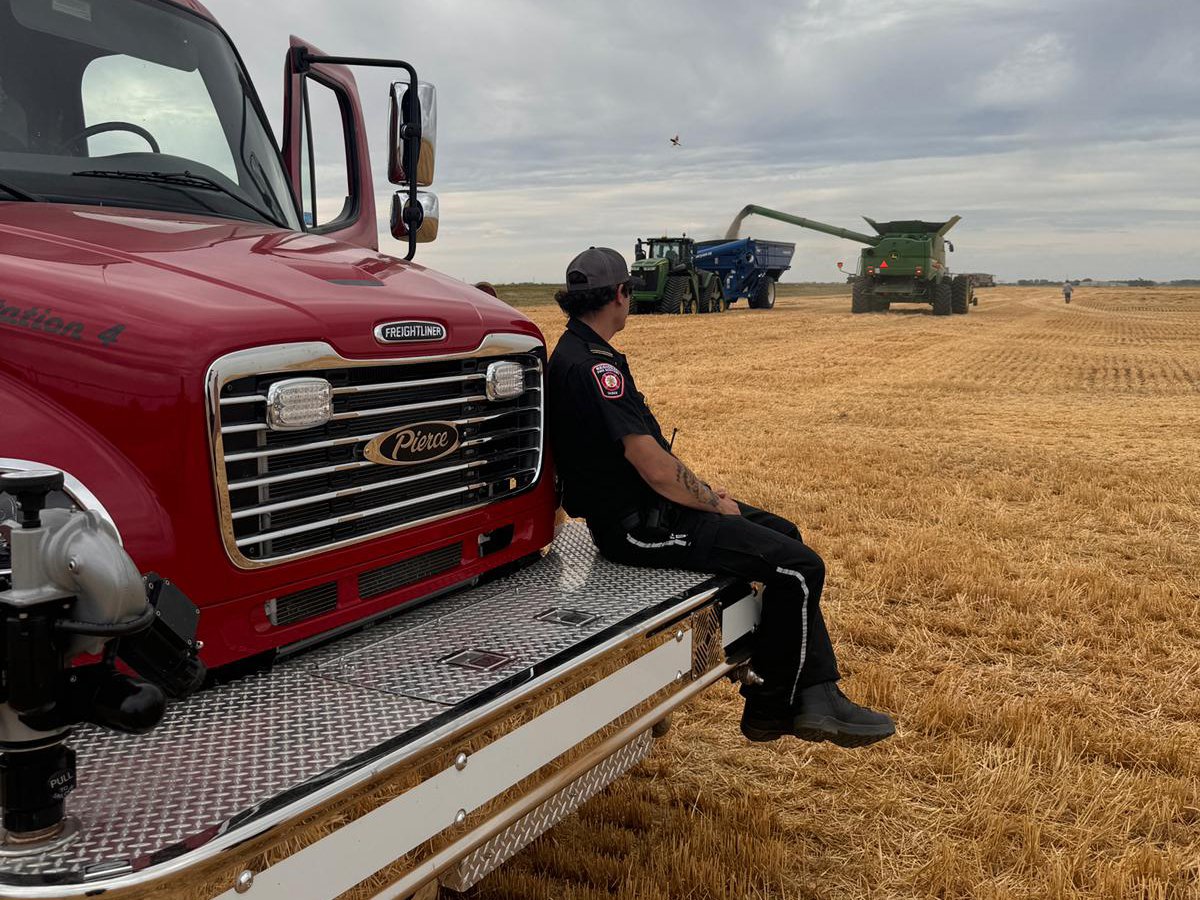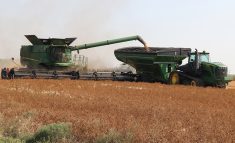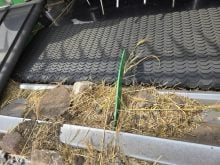Small rural agriculture communities still need civic services such as fire departments.
That is where volunteerism comes in, and 85 volunteers have answered the call to be a part of the Municipal District of Taber Regional Fire Services.
Those dedicated few cover a lot of real estate — approximately 4,200 sq. kilometres— and protect 7,500 residents spanning the municipal district and the farming communities of Barnwell, Grassy Lake, Hays, Enchant and Purple Springs, each with strategically placed stations.
Read Also

Genesis Fertilizers seeks government funding
Genesis Fertilizers is actively seeking funding from government and a strategic partner. The company dispelled a rumour that DL E&C has abandoned the project.
Numbers have reached as high as more than 100 volunteers since the department’s inception in 2017, when it broke off from Taber to better serve the needs of its hamlets.
“If we didn’t have those individuals willing to come at a moment’s notice, we would have to look at having full-time paid staff. It would break most rural municipalities,” said Tamara Miyanaga, reeve for the MD and a farm resident herself with Miyanaga Farms.
The tangible worth of volunteer labour is $32 an hour, according to Volunteer Canada.
One report from the Ontario Association of Fire Chiefs says volunteer firefighters typical work between 25 and 35 hours a month. At the low end of that estimate, with about 90,000 volunteer firefighters in Canada, that would translate into a yearly wage equivalent of $864 million.
Alongside the volunteers are their families and the local business community, who make it possible for the firefighters to have the time to answer the call. It is a level of understanding for the greater good in keeping the entire rural community safe.
“It’s not just the person who volunteers. It’s their family and their employer,” said Nathan Coté, regional fire chief.
“Business owners are taking a bit of a loss in productivity. Families are missing dinners, birthdays, kids sports, you name it. They sacrifice a lot of things to help out.”
Ongoing committment
Training is continuous, with weekly practices in most stations. There are larger specialized programs that volunteers participate in such as hazardous materials awareness and response, pumping and driver training. Later this year, the volunteer service will do slope embankment rescue training.
The fire service is aided by 25 pieces of equipment to deal with the evolution of firefighting that has been seen in rural agricultural areas since irrigated farming came to Western Canada in the late 19th century.
“The training never stops in serving the community,” said Brandon Bougie, regional deputy fire chief.
During the old dryland days, crops were grown on only 50 per cent of the land every year, with the other 50 per cent of the land in summerfallow acting as big fire breaks between fields.
Today’s modern irrigation system have resulted in fields that aren’t tilled the way they once were, leading to more potential fuel for fires.
That’s bad news for the safety of residents, and with farm machinery getting larger and more expensive, the risk level continues to rise, making a rapid response more important.
Unique challenges
Rural fire departments need specialized equipment and knowledge. In a town or city, firefighters can hook up to a hydrant and have a near-endless supply of water to battle the blaze, Coté said.
“Out in the farmland, you don’t have that,” he said.
“If you go to their yards and drain their systems and dugouts, that leaves them in a bad way as well. Water becomes an issue where we purchase equipment that moves fast and hauls enough water.”
Sometimes farmers use their own equipment when the volunteer service can’t handle the situation on its own, and the fire chiefs say this help is invaluable.
This communication between volunteer and farmer helps build positive relationships and collaboration. It’s not uncommon to see a tractor with a disc and a water truck standing at the ready during harvest.
“The agricultural community is very unique. They are very willing to participate in extinguishing a fire. They have equipment that can turn over a field really quick,” said Bougie.
It is this collaboration and the truly regional approach embraced by the department that make the fire chiefs proud. While the six stations are strategically placed throughout the million acres of coverage, all of them pull together to ensure rural residents’ safety, which has included official medical first response status through Alberta Health Services the last couple of years.
“When we go to different calls and assistance is needed, we can call upon each other from the different stations. We work flawlessly together. We have a collaborative training program as our firefighters move forward, and they continue getting training,” said Coté.
“We aren’t running out of volunteers or tuckering out one station worth of volunteers. We can call a couple of stations to assist if needed. It works really well.”
Last year, the department attended 274 calls, using fire engines, tenders, wild-land units and rescue trucks.















